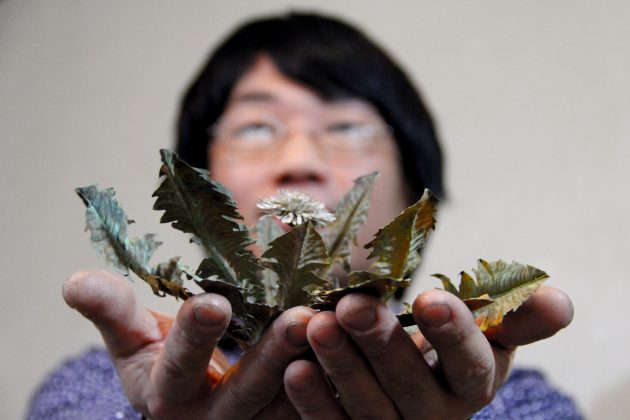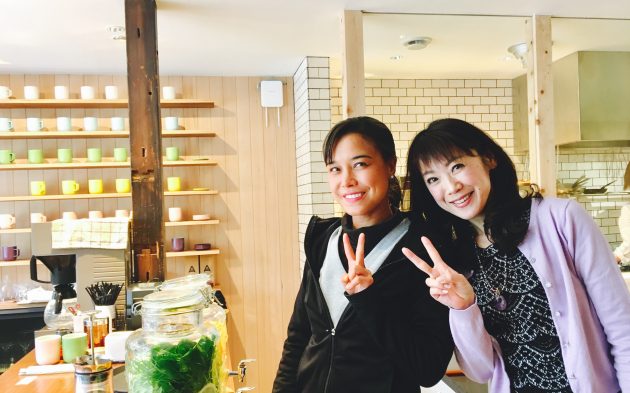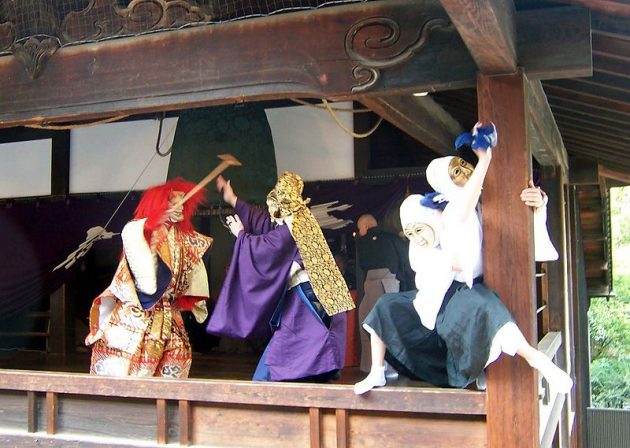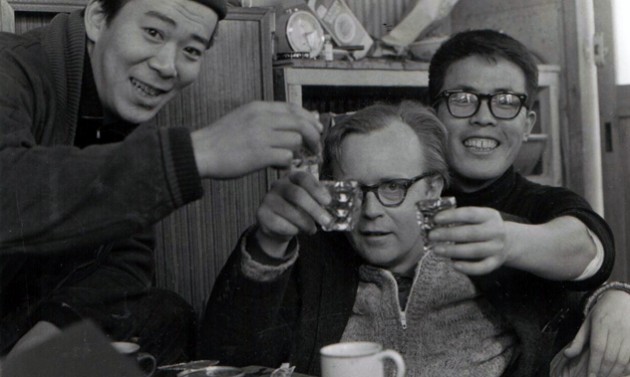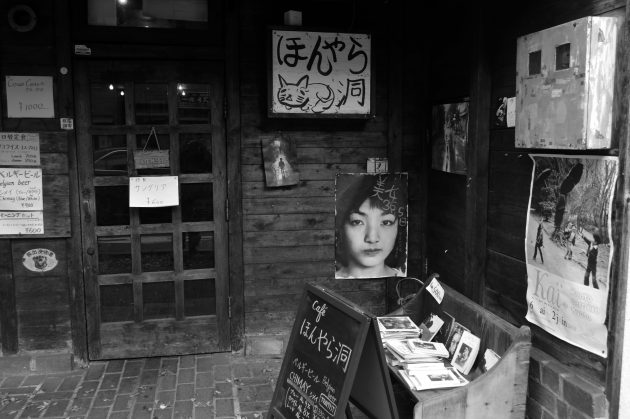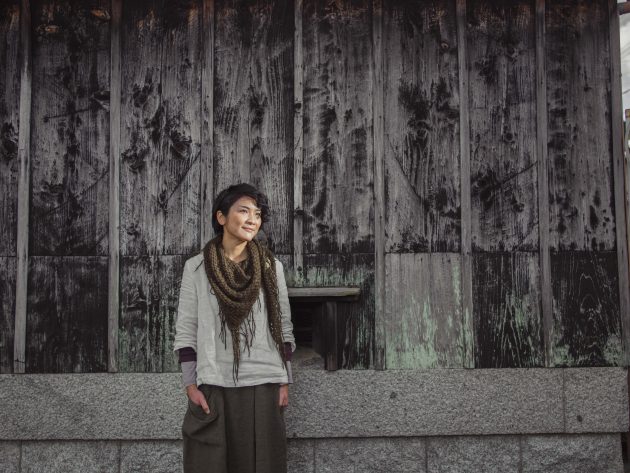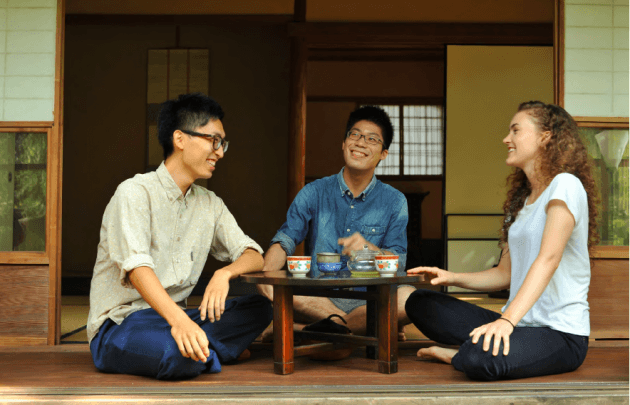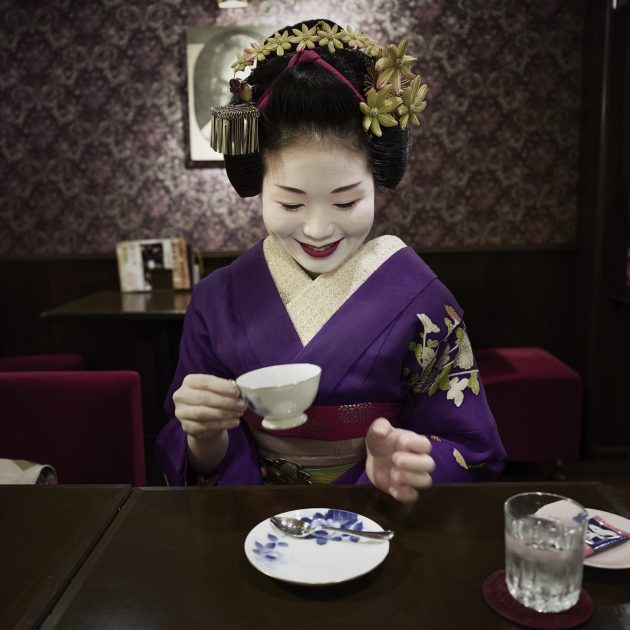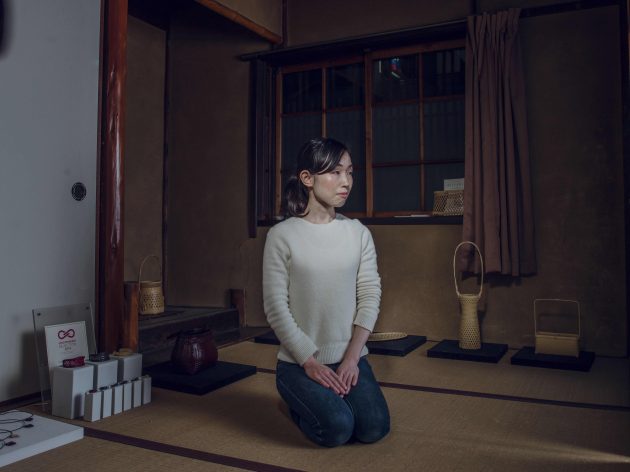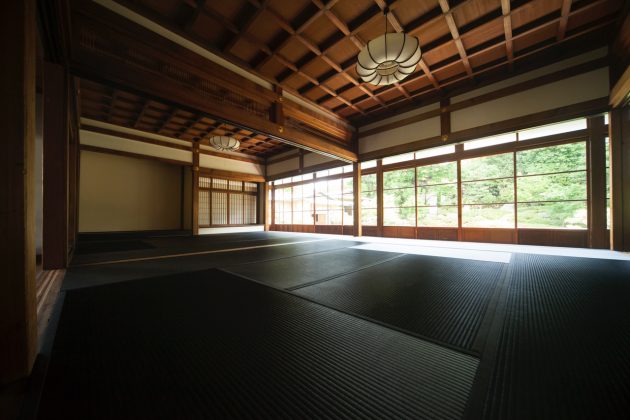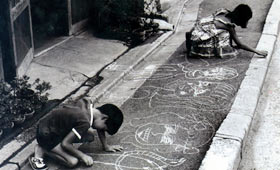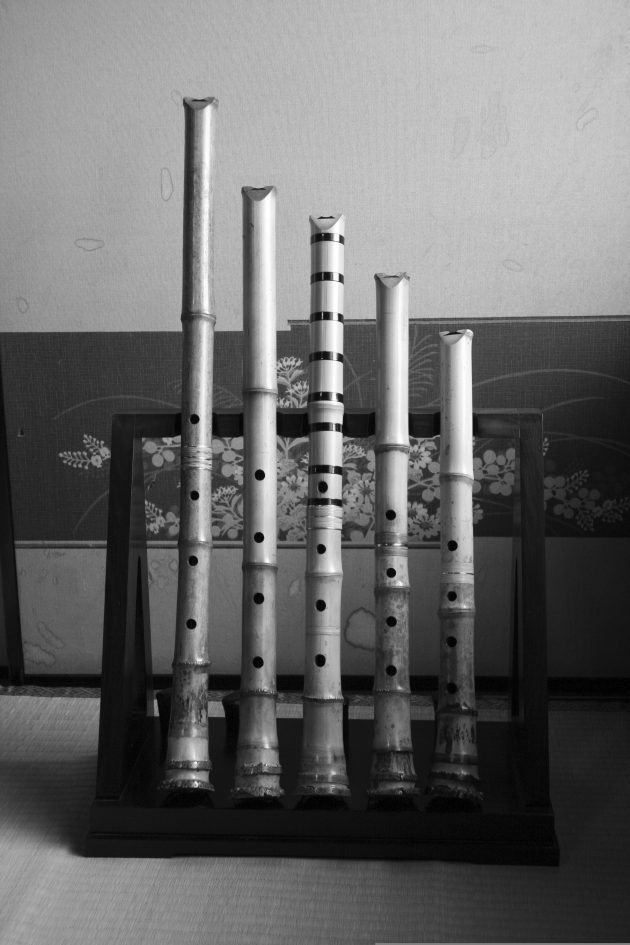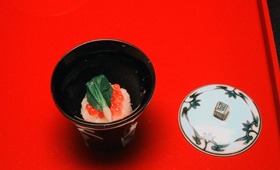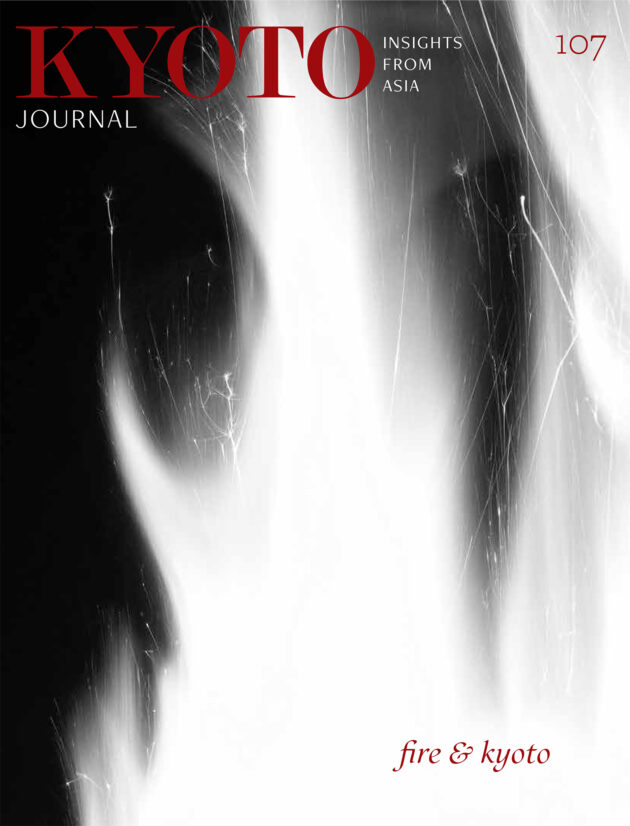OUR KYOTO
“In my work, I try to pursue the balance between the beautiful energy and sensual intimacy that I feel from both nature and metals. I can’t explain my love of plant motifs, I just never grow tired of them…”
Read MoreJulie Gramlich worked for a female founder in the Silicon Valley before receiving the Japanese Education Ministry’s MEXT scholarship to study the entrepreneurial environment for women in Japan. As part of this research, Julie has interviewed over 20 Japanese women in a range of fields.
Read MoreAn oni with a magical hammer comes to tempt her, dressed as a mortal man. He strikes his hammer once, and magnificent kimono appear from thin air, which she accepts with protest and delight.
Read MoreWaiting in the snow at the Ryoan-ji bus stop on a Kyoto winter morning in 1964, I was interrupted by a woman who came out of a nearby house and, seeing me standing there, went back inside and returned with an overcoat which she helped me into. It was a three-quarter-length brown coat, and warm…That was my introduction to Kyoto.
Read MoreOpening in 1972, Honyarado became a hub and stronghold of anti-war activities and a symbol of youth counterculture. We campaigned for the release of political prisoners in South Vietnam and South Korea, and supported court cases against obscenity charges.
Read MoreOne enormous bowl, by contemporary American glass artist Dalie Chihuly, glows from a showcase beneath a transparent floor of glass. Frothy green tea is served to visitors in 19th century glass bowls from Italy. The keeper of the glass room is the shrine’s former head priest, 76 year-old Torii Hiroyoshi.
Read More“I see urushi as a way to connect ourselves and our culture with nature in so many ways. Because urushi and kintsugi art is all natural, it is a good way to remind ourselves that we are all part of nature, being pieces of our universe.”
Read MoreMatsuyama Sachiko is the founder of monomo, a business linking Japanese craftspeople with an international audience and encouraging cultural inspiration.
Read More“Inspired by tea, the housemates show us that it is possible to live creatively and mindfully in this modern day world. It seems fitting that such a place exists in Kyoto, a city that epitomizes the juxtaposition of old and new.”
Read MoreSmall Buildings of Kyoto features 100 images of the quaint homes, businesses, workshops, as well as the occasional neighbourhood shrine and teahouse, that make up the fabric of Japan’s ancient capital.
Read More“When people grew millet and grains, they didn’t need to scramble for food. Scrambling causes conflict, but in the absence of scrambling there was peace. For this reason, people really appreciated millet and served it to the gods as an expression of gratitude. “
Read MoreThe characters for kagai, Kyoto’s geiko districts, are often translated as ‘flower town’. Early in my research I began exploring this metaphor of a garden for the kagai’s cultural ecosystem. I soon discovered that, as in gardens, there are many layers, perspectives and influences.
Read More“My work is not just about the technical details of making a shoe, but an exploration of a fantasy, a story or something historical.”
Read MoreChiemi weaves her intricate bamboo jewellery from her inner-west Kyoto home studio. Everything step is done by her and by hand, from cutting strips from raw, Kyoto-sourced stalks, to the final dying that washes the pieces in unique wine, turquoise, and emerald shades.
Read More“What I make, and all Japanese craftsman make ages with you. This is an investment in yourself, your life.”
Read MoreKyotographie seems to be not merely bringing people to hidden or at least underutilized parts of Kyoto, but taking an active role in developing and revitalizing areas that are in dire need of a pick-me-up.
Read MoreMy roommate moonlights as a desk clerk at a guest house for foreigners and cuts most of his classes so he is seldom home. Most of the other boarders spend evenings in each other’s rooms screaming and jostling each other amid the familiar click and clatter of mahjong pieces being scrambled across a kotatsu table. This is there last fling at wasting time before the responsibilities of company employment and family beckon after graduation.
Read MoreAs with other arts, shakuhachi’s “traditional” characteristics are constantly evolving. Hesitating to call himself traditional, sensei’s eyes light up when discussing how the music is changing.
Read MoreSen Sumiko (1920-2004) was the daughter of Yukosai, the ninth grand master of the Musanokoji branch of the three Sen families descended from Sen Rikyu and the mother of the present, eleventh grand master, Futessai Sōshu.
Read MoreThe theme of KYOTOGRAPHIE 2016 is “Love,” a sentiment that is seemingly-universal yet highly-fraught in ways that vary widely from culture to culture. The festival’s organizers do not try to reconcile the differences but rather lay out the debate in spatial and visual terms.
Read MoreAtaka reveals an aspect of unique Japanese spirituality. While it is a challenging performance for actors that requires subtle skills instructed orally by a master, the story structure involves a powerful psychodrama, and the roles and presentation evoke the audience’s emotions directly by the senses without depending completely on the words.
Read More
